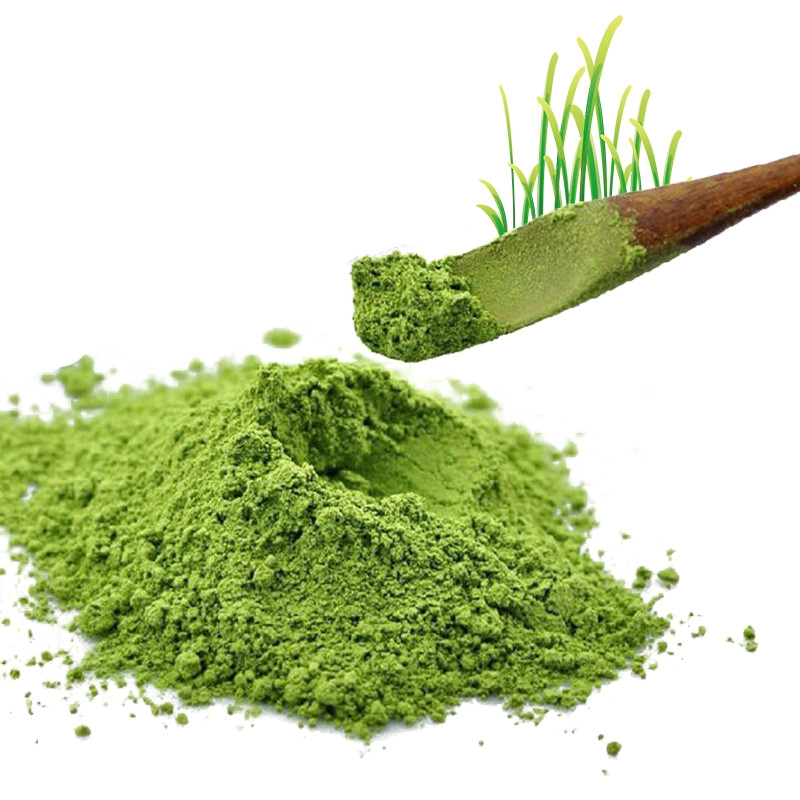The comprehensive guide to understanding Matcha green tea powder
Modern consumers have started using green tea powder commonly known as matcha tea powder due to its great taste, richness in colour, and nutritional value. Matcha is prepared by grounding the tea leaves while regular green tea is prepared by steeping the tea leaves in water. This process leads to the formation of a highly concentrated source of nutrients and antioxidants, which makes it very popular with those who love to take tea and other people who are conscious of their intake of foods and supplements. To prepare matcha, the tea is whisked in a bowl and this process gives it an air of ceremony, a form of meditation. Additionally, the green colour, which is typical for matcha, is due to a high content of chlorophyll, which is also considered to possess numerous health benefits, mainly, detoxification
Historical background of Matcha
Green tea powder used in matcha is more historical and started in China and was as old as the Tang dynasty. That was when the Japanese adopted Tea, developed the fine manners of preparing the tea and how the tea plant should be cultivated brewed and infused into as well as into the Japanese culture and functions and ceremonies.
In Japan, matcha green tea is not only drunk but is also utilized for ceremonial teas or ‘The tea ceremony’ that enforces receptiveness and sanctity. These ceremonies are commonly referred to as the “chanoyu” or the more popular “sado” and are mainly centred around the artistic and religious aspects of tea preparation and drinking. The fact that great detail is afforded to these ceremonies offers a glimpse into how matcha is valued within Japanese society.
The unique cultivation process
It is different from the normal green tea since the process of growing the plant is very unique as it is described next. The tea plants are subjected to shade for approximately three weeks before being harvested for the leaves used in the preparation of tea.
This shading enhances the formation of chlorophyll to enable the leaves to become green while at the same time promoting other beneficial compounds such as amino acids. It is done by first steaming, sun-drying and then milling into a fine powder using granite stone querns. This traditional stone grinding procedure makes certain that the fine flavour and rich nutrients in the tea are not destroyed. The time and effort put into each process of producing matcha reaffirm its high quality and unique taste.
Health benefits of Matcha
Matcha tea powder is reputed to have many uses in the body due to its rich content. It has been found to have high contents of antioxidants, particularly the catechins types that are effective in reducing oxidative stress and inflammation. Additionally, matcha is capable of enhancing alertness due to the presence of L-theanine which does not create a tired feeling. The matcha green tea is rich in caffeine and L-theanine which will suit the needs of anyone who desires to enhance the focus without leading to overstimulation body. Other benefits which have also been discovered on the consumer’s side include the matcha tea’s ability to aid in the loss of body mass, help reduce cholesterol levels in the blood and enhance the body’s immunity. It is a food that we have seen should be incorporated into our daily meals due to its health benefits to anybody.
Culinary uses of Matcha
While consumed as tea, matcha green tea powder has also made its way into different dishes and preparations. This can be blended into a smoothie or incorporated into a latte or muffin to enhance the taste and nutritional value. Many culinary experts and those fond of cooking prefer matcha as an ingredient as it offers diverse opportunities to enrich the recipes’ taste and provide health benefits. Matcha can assist in other dishes besides dessert, including salad dressings, sauces, and pasta dishes, which transform our daily meals into a gourmet experience. This is due to its flexibility in the kitchen which has led to its acceptance by many people.
The following are factors that affect Matcha green tea price
Matcha green tea powder has several factors that decide its price range. There is no doubt that the fact that the tea leaves quality is reflected in the price along with the methods of cultivating and processing the product, in addition to the geographical location of the tea. That form of green tea, used in traditional Japanese-style tea ceremonies, is far less expensive as matcha is finer in texture, taste, and nutritional value. Culinary matcha is cheaper and is used for its flavour and colour in cooking and baking or any other culinary purpose.
How to store and preserve Matcha
As for any food products, especially those which are natural and organic like matcha tea powder, proper storage methods are necessary to preserve the quality and the taste of the product. It is recommended that it be placed in an opaque and tight container that also helps to protect it from light, heat, and humidity. After the purchase, matcha should be stored in a dark and cold environment such as a refrigerator to retain its green shade and delicate aroma. Drinking matcha within 3 months after opening is to ensure that the drinker fully gets to enjoy the taste and benefits of the drink. Besides, to protect the product from oxidation, it is advised to close the container firmly after each usage.
Conclusion
All in all, matcha green tea powder is a truly special product with a great history, peculiar manufacturing process and valuable effects on the human body. Due to its wide uses in cooking and the increasing demands, it is considered a delicious food that can be incorporated into any diet plan. Information on matcha green tea price factors should be useful in helping consumers make the right choices and gain a proper perspective on the value of this superior product. Matcha is as enchanting today as it was hundreds of years ago, whether as an ingredient for a ceremony or contemporary cooking.



